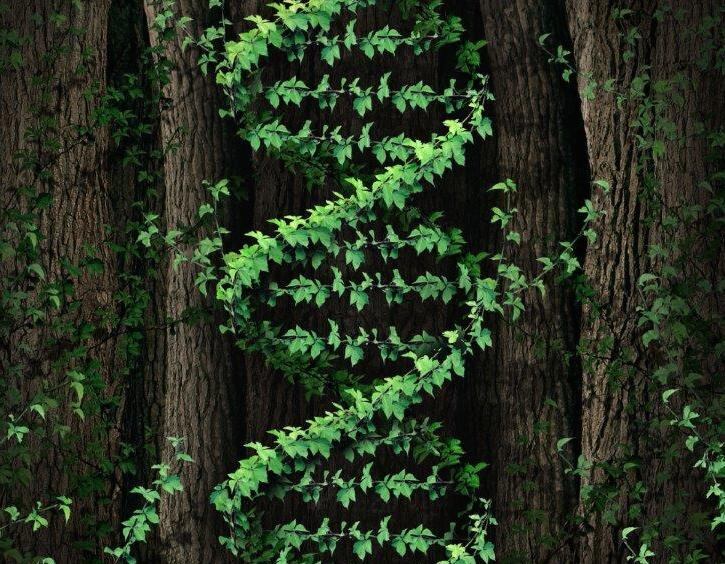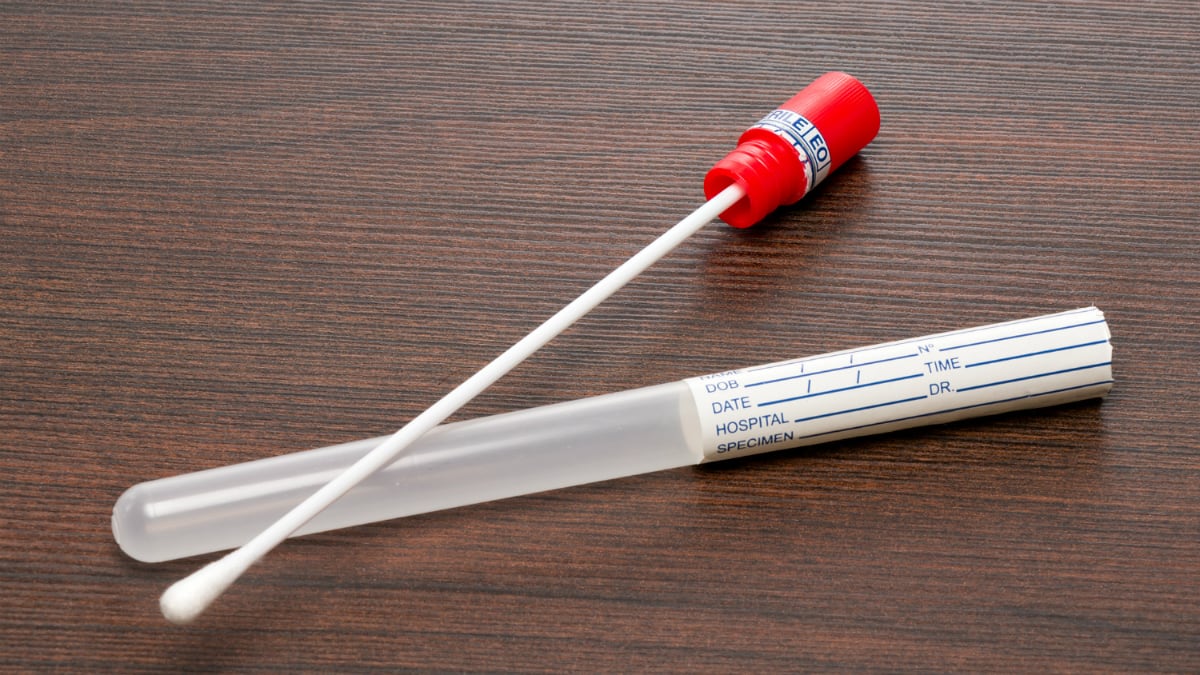The two day meeting, which was cosponsored by the US Food and Drug Administration, took place Tuesday and Wednesday in Washington, DC. The meeting included presentations from trade organization representatives, universities, research institutes and companies actively engaging with the technology.
Holly Johnson, PhD, chief scientific officer of the American Herbal Products Association, was one of the presenters at the meeting. The big takeaway, she said, it that there are almost as many approaches to using DNA sequencing for botanical identification as there are people working in the field. And, as yet, there little to differentiate between when it comes to trying to settle on a standard method or methods.
“The technology out there has progressed so much faster than our ability to make standards for methods,” Johnson told NutraIngredients-USA. “So USP is reaching out, asking stakeholders, researchers and experts in industry as to what they need.”
Johnson said the recent meeting was in the nature of a fact finding mission. It’s too early to say where the effort will lead and which techniques will come to the fore.
“USP gathered this group of people together basically to advise the organization. How do we apply DNA testing in general as well as how do we apply DNA methods in specific situations?” she added.
What question are you trying to answer?
Johnson said the multiplicity of approaches reflects the fact that experts use DNA techniques to answer different questions.
“It’s a different question if you are at a molecular biology researcher at a university, if you are a botanist, or if you are working in QC at a company,” she said.
“There are ways a traditional botanist or molecular biologist would approach this. But we are doing this for Part 111 compliance. For our products we need to establish a standard for identity, and if we are using DNA, we need to come up with a method that supports that,” she added.
Johnson said that one thing that is becoming increasingly clear is that there is no CSI Miami plug and play DNA approach that will give the hard and fast answers that some people seem to believe is the very nature of the technology. Plant genomes, as it turns out, are more complex and variegated than are those of most animals.
Johnson said one place DNA has been used in recent years to good effect is in differentiating one fish species from another. This is important for detecting fraud (Is that grouper you paid for? Or were you tricked into paying too much for an inferior piece of fish?). And it can help determine whether protected species are being over harvested. But that success won’t translate easily for botanicals, she said.
“These DNA methods work amazingly well for fish. For all fish species, there is one particular place on the genome you can look at. You can use it like a barcode, and you can tell with certainty if this a grouper, or if it is something else,” she said.
DNA as one test among many
Johnson said that whatever DNA methods are selected, those techniques would need to be integrated into a full suite of botanical identification approaches. As yet, there is no reliable way to tell from an ashwagandha DNA readout, to use one example, if the sample material came from the root or the leaf of the plant. Also, a positive DNA ID would have nothing to say about whether the shipment meets spec in other regards. What if it’s too old and volatile bioactives are missing? DNA won’t help you there.
“DNA can be used for a confirmation. But at the moment it could not be used as the only test. What we need to do for Part 111 is to have a method for identifying our material that is fit for purpose and is scientifically valid. This term ‘scientifically valid’ is not really spelled out in the regulations, but it has to do with the method’s accuracy, precision and specificity,” Johnson said.
“I think the general consensus was that there is no one method that we can put forward as a standard. I can’t say what USP will eventually do, but my feeling is that at the moment this will be advanced as a general guideline for using DNA testing, rather than developing a formal monograph,” Johnson said.


